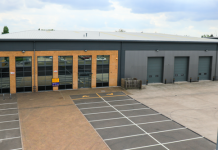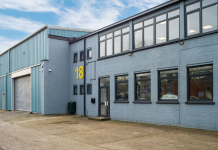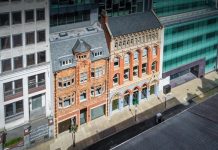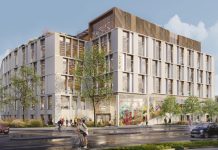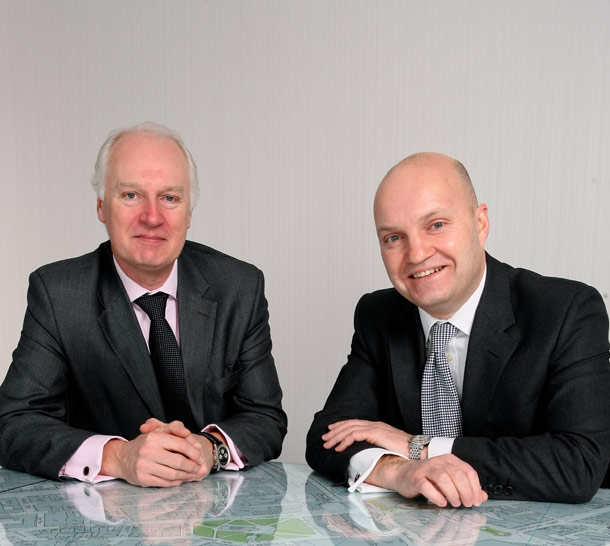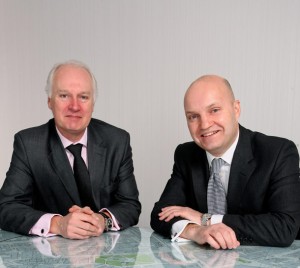 Further overseas investment could be encouraged to Birmingham through an increase in Grade A development and refurbishment of commercial and retail stock, according to leading independent property consultants, GVA.
Further overseas investment could be encouraged to Birmingham through an increase in Grade A development and refurbishment of commercial and retail stock, according to leading independent property consultants, GVA.
The findings are the result of GVA’s annual survey, ‘Who Owns Central Birmingham’ first launched at MIPIM 2012, which analyses the ownership of 15 million sq ft of office and retail property in the city centre.
The report, which will be fully unveiled at this year’s MIPIM property conference in Cannes, explores analysis by nationality of ownership, sectoral ownership, office stock by grade and rates of churn, providing an overall picture of the city’s investment market.
In the 12 months since publication of the 2012 survey, approximately 860,000 sq ft of office space and 135,000 sq ft of retail investment have been transacted, with 70 per cent of total space across both sectors held by UK investors.
Of the remainder, 2.65 million sq ft, or 18 per cent of total city centre stock is entirely owned by overseas investors, with US-based investors accounting for approximately 8 per cent of total ownership and Middle Eastern investors growing their exposure to the Birmingham market by around 90,000 sq ft since 2012, an increase of two per cent.
The remaining 1.8 million sq ft, or 12 per cent, of stock is jointly owned by UK/overseas consortia and includes some of Birmingham’s most high-profile and recognisable buildings, such as the 1.2 million sq ft Bullring shopping centre,and the Brindleyplace Estate.
Ian Stringer, Senior Regional Director, GVA, said: “This survey allows us to provide a unique and clear insight into the profile of the city’s commercial property ownership. While the report demonstrates that there is more that can be done to encourage further overseas investment, the city has maintained its position as a centre for foreign investment over the last 12 months, with a key outcome that more than 30 per cent of office and retail space in the city centre either fully or partially owned by overseas investors.
“While there has not yet been any sovereign wealth investment in Birmingham from the Far East, Chinese investors Gingko Tree Group recently took a 49 per cent stake in the Co-op headquarters building in Manchester, which could well be a sign of the times, signalling further overseas ownership in key regional cities across the next 12 months. This will largely be a function of the availability and suitability of investment stock, as opposed to the competing appeal of the larger provincial cities across the UK.”
In terms of sectoral ownership, pension and insurance companies own the lion’s share of property, amounting to some 54 per cent, up two per cent on the 2012 survey.
The survey has also demonstrated a growth in the length of ownership over the last 12 months, having extended from 8.2 to 9.1 years. This increase is largely due to a relatively low number of transactions over the last year, as a lack of quality supply has held back demand.
Jonathan Hillcox, Director, GVA, said: “Some 40 per cent of total office stock in Birmingham city centre is Grade A quality with the remainder split evenly between Grade B and Grade C. There is a clear division of ownership by quality of property, with 57 per cent of floorspace classified as Grade A either owned or jointly owned by overseas investors. This figure falls to 24 per cent and 2 per cent for grades B and C respectively, demonstrating a clear desire from overseas investors for grade A property.
“The present lull in speculative development activity has affected grade A availability, with any activity relying on a significant pre-let element to bring it forward. However, as the grade A space dries up and occupier demand gradually improves, we are confident that the development cycle will begin again.”
For the purposes of the study, GVA has defined the CBD as the area contained within the old Inner Ring Road, but extended marginally at the Eastern and Western extremities to encompass Westside – including Brindleyplace – and the as-yet largely undeveloped Eastside area.
The study covers all buildings – both office and retail – within the CBD, with the exception of buildings that are owned and occupied by the public sector, civic buildings, universities or other educational establishments, and development sites with disused buildings.


